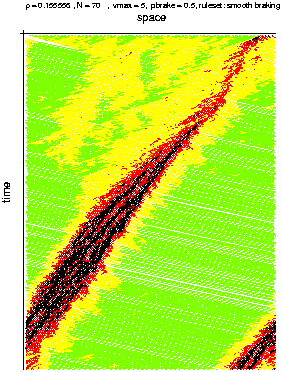
Figure 1: SK Velocities in the spacetime plot
The model was proposed by Stefan Krauß in 1997 in his PhD - Thesis. The
Model is an extension of the well-known
CA-Model.
Contrary to the CA-Model where the maximum deceleration is bounded only by the
time-discretenes (a car can decellerate within one timestep from
Vmax to 0) in this model we have a parameter b for
this purpose.
To model deceleration processes more realisticly the graduation of the road in
sites is given up. So the model is no longer a cellular automaton in a
proper sense.
Update
Rules")?>
The update rules are similar to those of the Nagel-Schreckenberg-Model. The update is performed in parallel which means that the behaviour of the cars depends on the state of the system in the last timestep.
The parameter a discribes the maximum acceleration of the
vehicles (rule 1). From the claim of collision freeness and limited
decelleration b one can deduce a safe velocity
VSafe. VSafe depends on the
distance Gap and on the velocity of both the following vehicle
itself (V) and of the leader (VL)
(see rule 2).
Deviations from the optimal strategie are again modeled stochastically.
The equations were adapted to the continuous case: The velocity is decreased
by a uniformly distributed random number between 0 and
eps a. This means that part of the acceleration is
withdrawn. eps is a parameter to control the amplitude of the
noise in the range from 0 to 1.
An
Example")?>
In the spacetime plot shown here the colors represent different velocities (
idecreasing velocity from green over yellow and red to black). The plot below
shows a simulation with several hundred vehicles and periodic boundary
conditions. That means the vehicles are driving all in a big circle. Growing
of jams is quasi deterministic and ends in the simulation due to finite
system size.
The simulation is written in PostScript. You can run it on your computer if you have a PostScript
viewer such as GhostView.
Please click here.
(Note: PostScript is comparably slow). If you are intersted in details of the
PostScript file you can look at the sourcecode here.

Figure 1: SK Velocities in the spacetime plot
The model of Krauß shows a more realistic jam formation than the ca-model. While in the CA-Model the traffic flow (the number of vehicles passing an induction loop per timestep) out of a jam is not stable but showing new regions of congestion the flow out of a jam in the model presented here is stable. Moreover in the CA-Model jams can dissolve for stochastic reasons while in the model of Krauß - in agreement with reality - a jam only dissolves if the flow into the jam becomes lower than the flow out of the jam. This leads also to a more realistic fundamental diagram. The dynamics of the model is independend of the vehicle length and has four parameters thereof only three free parameters due to a symmetry of the model.